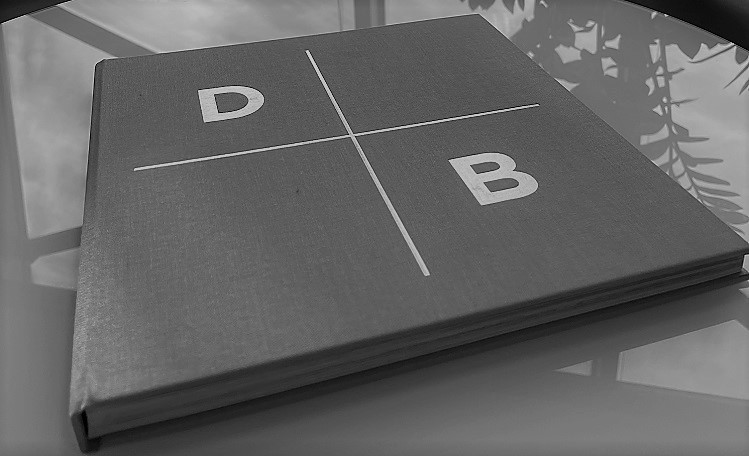
Find Press & News
RECENT NEWS

Prague as a premium destination
Prague is no longer just about the city centre, but also about public space and gastronomy.
17/04/2024

Companies rather renegotiate than relocate
The cost of fitting out new offices is one of the factors companies consider when deciding whether to stay in their existing premises or move to new ones.
11/04/2024

Shifting tides in Central Europe’s capital markets
In 2023, Central Europe’s commercial real estate market faced a notable decline in investment volumes. Dropping by 55% year on year, the region’s total investment volume accounted for EUR 5.02 billion.
27/02/2024

Cushman & Wakefield wins in two categories at ThePrime Real Estate Awards 2023
In the second year of the ThePrime Real Estate Awards, presented on 25 January 2024, Cushman & Wakefield was recognized as the No. 1 agency in two categories: Best Leasing Agency and Best Capital Markets Agency.
29/01/2024

Retail parks in Czechia increased by over 60,000 sq m last year
Last year witnessed the completion of more than 62,000 sq m of shopping space in 17 retail parks - new, renovated or expanded.
16/01/2024

Design + Build celebrates 5 years in Czechia
The team has executed 50+ projects, the best of which are now presented in a book
11/01/2024
Regional Press Releases

The Warsaw HUB with BMSCare to advance ESG goals and improve energy efficiency
Global real estate services firm Cushman & Wakefield has just successfully implemented an innovative management and energy optimisation system in one of its flagship buildings of its Polish portfolio. This marks a major step towards reducing carbon emissions, saving energy and cutting costs - measures that will benefit both the natural environment and office tenants at The Warsaw HUB.
Ilona Otoka • 08/04/2024

Property Forum Bratislava
Take a look at our exclusive report and uncover compelling data on investment trends across office, industrial, and retail sectors in Slovakia, shaping the broader European investment outlook.
26/03/2024

Bratislava Research Forum Announces Office Market Figures for Q4 2023
In the fourth quarter of 2023, the total office stock in Bratislava represented 2.09 million sqm. 19 % of total stock consists of class A+ office space, 37 % of A class, and 44 % of class B office space.
29/01/2024

Commercial real estate in Europe is expected to recover soon
The European commercial real estate market is starting to recover. Inflation has long since reached the value of 2022 and the end of the cycle of high interest rates of central banks is also approaching, which will start to have a positive effect on all the main indicators of the real estate market.
19/01/2024

Six Feet Office
The Six Feet Office concept offers rules and aids to enable and facilitate the observance of the safe six-feet distance for increased employee safety.
23/04/2020
GLOBAL PRESS RELEASES
Cushman & Wakefield: Overview of Vietnam's real estate M&A market over the past 10 years
The Asia Pacific real estate market is set for dynamic changes in 2025, with significant developments across the office, logistics and industrial, and capital markets sectors. The region is poised for growth, driven by varied economic trajectories and strategic market adjustments.
Xuan Pham • 13/01/2025

Cushman & Wakefield Promotes Frederic Le Fichoux To Head of Hotel Transactions EMEA
Real estate services firm Cushman & Wakefield has promoted Frederic Le Fichoux to Head of Hotel Transactions EMEA.
Vikki McCrindle • 10/04/2024

Cushman & Wakefield launches Alternatives platform of scale
Cushman & Wakefield is reinforcing its commitment to the Alternatives sector with the launch of its Alternatives platform and appointment of David Curtis (Capital Markets) and David Bruce-Clarke (Valuations) as Co-Heads of Alternatives in Australia and New Zealand.
Jess Freeman • 10/04/2024

Cushman & Wakefield supports Zeeman’s arrival in Póvoa de Varzim
Cushman & Wakefield, a global real estate services firm, supported Zeeman’s arrival in Póvoa de Varzim - the fourth store of the Dutch chain specializing in basic and quality clothing and textile products at the lowest prices.
03/04/2024
RELATED INSIGHTS
Research • Economy
Czech Republic Real Estate Market Outlook 2025: Resilience & Opportunity

Research
Revolution in Retail Logistics
.jpg?rev=99570c5f7c9247f19fc47cda0935c477)
